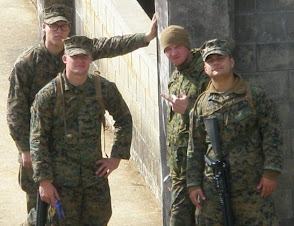COMMAND DECISIONS; edited by Kent Roberts Greenfield; U.S. Government Printing Office (1960); ASIN: B000OM041Y
"
 The final selection of the essays included in “Command Decisions” was made by a panel of six members composed of both American Army officers and civilian historians, under the guidance of Dr. Kent Roberts Greenfield. The contributors were, at the time of this volume’s publication, all acknowledged experts on the subjects about which they write. Thus, each piece is both a serious study of the information, risks and goals that were weighed in the formulation of the command decision under consideration, and also an analysis of the subsequent results of the decision once implemented. The essays are arranged in chronological order. They begin with the Allied choice to concentrate on a “Germany First” grand strategy at the outset of World War II, authored by Louis Morton; they conclude with an examination by the same writer of President Harry Truman’s carefully-weighed decision in 1945, to use the atomic bomb against Japan.
The final selection of the essays included in “Command Decisions” was made by a panel of six members composed of both American Army officers and civilian historians, under the guidance of Dr. Kent Roberts Greenfield. The contributors were, at the time of this volume’s publication, all acknowledged experts on the subjects about which they write. Thus, each piece is both a serious study of the information, risks and goals that were weighed in the formulation of the command decision under consideration, and also an analysis of the subsequent results of the decision once implemented. The essays are arranged in chronological order. They begin with the Allied choice to concentrate on a “Germany First” grand strategy at the outset of World War II, authored by Louis Morton; they conclude with an examination by the same writer of President Harry Truman’s carefully-weighed decision in 1945, to use the atomic bomb against Japan.Each of the studies is a serious work of scholarship and can stand independent of the others in the book. When I bought my volume of “Command Decisions” at a second-hand bookstore in 1974, I was only interested in a couple of the essays included in the table of contents. As the years have passed, I have returned to my copy to read the other studies one or two at a time, until finally, I have read them all. Several, I have returned to reread all or in part, and in the case of “Bradley’s Decision at Argentan,” by Martin Blumenson, I have probably reread this excellent piece at least three times.
The writing, despite this book’s Government Printing Office provenance, is almost uniformly clear and graceful. Each essay is carefully sourced with footnotes, but the obvious scholarship does not weigh down the subject matter or fog the reader’s interest. There are ten maps included in the text, and another ten larger, fold-out maps included in a special space inside the back cover. While “Command Decisions” is probably not a good choice for the casual history reader, it is an excellent book for anyone interested in a detailed examination of the anatomy of decision-making at the grand-strategic, strategic, and operational level. For that reason, I recommend it highly.









0 comments:
Post a Comment